If you’re new to windsurfing, you probably have some basic questions about the sport and some of the terms you may have heard.
You’ve come to the right place.
In this article, we’ll take a look at a few of the most commonly asked questions beginners may have.
- 1. What Is a Windsurfing Board Called?
- 2. Sailboarding vs Windsurfing – What’s the Difference?
- 3. Is Windsurfing Like Sailing?
- 4. What Is a Windsurfing Sail?
- 5. What Does “Luff” Mean in Windsurfing?
- 6. Is Windsurfing Expensive?
- 7. Why Is Windsurfing the Best Sport?
- You Might Also Like…
1. What Is a Windsurfing Board Called?
Most commonly, a windsurfing board is called just that: a “windsurfing board“. This is a fitting description as it refers to the combination of traditional surfing with the power of the wind.
Other names you might come across are “sailboard” or occasionally “windsurfer” (which refers to both, the person who windsurfs and the windsurf board).
The term sailboard also derives from the fact that the board is used in combination with a sail to harness the power of the wind.
2. Sailboarding vs Windsurfing – What’s the Difference?
Sailboarding and Windsurfing are synonyms – there is no difference between them whatsoever.
As we’ve explored in the previous section, a “sailboard” is just another word for a “windsurfing board”, hence “sailboarding”, “boardsailing” and “windsurfing” also refer to the same activity of windsurfing on a sailboard / windsurfing board.
I will say that you’re more likely to hear the term “windsurfing” and “windsurf board” than “sailboard” or “sailboarding”.
The latter ones are a bit more old school or may be used by someone who’s been windsurfing since the early days.
3. Is Windsurfing Like Sailing?
Windsurfing is a unique combination of surfing and sailing. So yes, windsurfing is similar to sailing in certain aspects. But it’s also very unique and different in others. Let’s take a closer look.
As we’ve just learned in the previous answers, there’s a reason why windsurfing is also referred to as “boardsailing”, hinting at its sailing element.
Moreover, the activity of windsurfing is sometimes simply called “sailing”, and the windsurfer can also be called a “sailor”.
If you’re familiar with boat sailing, then you’ll have a huge head start when it comes to naming the different parts and areas of a windsurfing sail, as they’re pretty much identical to boat sailing.
Furthermore, boat sailors will also be very familiar with the different wind directions and courses in relation to the wind. Likewise, the basic physics of wind force and the interaction with a fin under water is quite similar.
However, windsurfing also brings in many new elements which make it quite distinct from sailing.
For example, the direct link between the windsurfer’s body and the sail (via the harness) is one of the aspects which is unique to windsurfing.
Using your body weight to counteract and balance the changing wind pressure in the sail is unknown to boat sailors.
Another distinct feature is the way you steer your windsurfing board (when planing). By shifting your wait, you are effectively changing direction with your feet.
This is much more akin to surfing or even snowboarding (and not at all to boat sailing).
4. What Is a Windsurfing Sail?
Just as you might guess, a windsurfing sail is that part of the windsurfing equipment which harnesses the wind power to accelerate and maneuver the board and the sailor.
A windsurfing sail is almost always made of a polyester monofilm. On its long (wind-facing) side, it is attached to the mast. The mast connects the sail via the mast foot (a.k.a. power joint) to the board.
The sailor moves and controls the sail via the boom, which is attached to the mast on one end and to the clew of the sail on the other.
5. What Does “Luff” Mean in Windsurfing?
Luff is the wind-facing side of the sail. In fact, we’ve already talked about the luff in the previous section, without specifically naming it as such. It’s the part of the sail which contains the mast.
It’s a term that doesn’t just apply to windsurfing sails, but is used for all types sails (like the ones used on sailing boats for instance).
In fact, this is true for pretty much all terms which describe parts of a windsurfing sail (like “clew”, “leech”, etc.).
If you want to get into the nitty-gritty of it, here’s a great article on sail design and how it affects aerodynamics and performance.
6. Is Windsurfing Expensive?
The answer to this question is highly subjective and depends largely on what you consider “expensive”.
It also depends on what exactly you are going to spend money on. Windsurfing can be fairly expensive if you want to own the latest equipment.
However, renting or buying second-hand gear can be fairly inexpensive without compromising very much.
To give a more detailed and reasonably helpful answer, let me break it down into the following 3 categories:
1. Buying New Equipment
If you’re looking to buy brand new equipment of the latest generation, then you’re going to spend several thousand dollars. At the very least, this is what you’ll need to buy:
- board
- sail
- boom
- mast
- fin
- mast foot / power joint
- harness lines
- harness
A brand new windsurfing board will set you back at least $1,000 – $1,500, depending on which brand, board type and quality. A high-end board can easily cost $3,000.
Windsurfing sails start at around $350 and can go up to $1,500 or more for bigger and more specialized sails.
A boom and a mast each start at around $250 and can cost as much as $1,200 or more, mostly depending on the material used (high-performance, light-weight carbon vs. cheaper aluminum).
For the sake of brevity, I’m not going to list the price ranges for all the other required pieces of equipment mentioned above.
Suffice it to say: even if you are going for the cheapest possible complete set of equipment, you’re looking at a total of at least $2,500 – $3,000.
And that’s not even going to give you a whole lot of fun, either. The reason being that with this investment, you are limited to only one board and one sail, which will severely limit the usability of your new equipment.
In other words, you’ll soon have to by at least one – more likely two or more – additional sail sizes, so that you can go windsurfing in different conditions, meaning if there’s more or less wind than your initial sail is made for.
Different sail sizes require different mast and boom sizes, though, so you’ll also need at least one more of each as well.
You’ll also want to have at least two different boards, one for strong winds and choppy water, and one with more volume for light wind, flatwater cruising, for example.
As you can see, you’ll easily hit $5,000 if you buy the latest, brand new equipment. Of course, depending on which brand and material (quality) you go for, that amount can easily skyrocket.
2. Buying Used Equipment
The fairly high prices of brand new equipment are the reason why most people, and especially beginners or first-time buyers, prefer to buy second-hand equipment.
While you do have to be diligent and check the equipment thoroughly for damages, buying used equipment is a great way to own your own gear for a fraction of the cost.
Plus, if you scratch or damage your used equipment, you’re less likely to break out in tears compared to ruining your brand new kit (even though you can repair both).
Even buying a board or sail from the previous season, you can already save a ton, simply because it’s not the latest anymore (and because it’s been used, obviously).
And the potential to save money increases even further if you buy equipment which is a few years old.
This way, you can get really great value for money, since 3-year-old equipment performs pretty much the same as its latest counterpart (provided it’s in good condition), but you pay considerably less.
Just make sure you don’t buy equipment that’s too old.
Even if it’s in great condition (because it hasn’t been used much, for example), windsurfing equipment has evolved over time to be more beginner-friendly and perform better all around.
This is especially true for board and sail shapes, which have undergone some significant changes since the early days.
So I wouldn’t recommend buying equipment from the ’80s or ’90s since you might have a much harder time learning the sport.
Try to go for equipment made after 2000, preferably after 2010. Since then, not that much has changed too drastically anymore regarding shapes and usability, so you can’t really go wrong with equipment from that period.
3. Renting Equipment
Renting equipment is usually not the first thing that comes to mind when people think about the costs of windsurfing.
However, it can be a very inexpensive and attractive option – even for intermediate or advanced windsurfers. The main benefits are:
- Access to the latest equipment (most rental stations regularly get new gear)
- Access to a wide range of sail and board sizes (meaning you always have the right equipment for any conditions)
- Easy access to different gear combinations (you can simply try out a different sail or board)
- No need to transport your gear to and from your home
- Much less time spent rigging and de-rigging sails (they are usually stored pre-rigged)
- No worries about damaging your equipment (since it’s insured)
As you can see, there’s a whole lot of benefits to renting your gear instead of buying it.
Obviously, the details depend on the windsurfing school of your choice. But most decent places offer most or all of the benefits mentioned above.
So how much does this option cost, you ask?
Again, this depends on where you are, as prices vary widely from country to country and even within one country.
It also depends on how often you’re going to be out on the water windsurfing. That’s because most rental stations have different plans or packages.
For example, you could pay for 1 hour, 10 hours, 20 days, or a whole season pass. This may look something like this:
- 1 hour = $45
- 10 hours = $300
- 20 days = $400
- unlimited season pass = $1,000
Again, prices will vary, but the prices in this example are based on actual prices at different rental stations in Europe, so they’re not pulled out of thin air.
The point is this: the more often you will be windsurfing, the more value for money the bigger packages offer.
If you think about it, paying about $1,000 for a whole season of unlimited windsurfing with access to all of the latest gear, that’s a pretty good deal.
Let’s assume the season lasts from March – November, and you get to be on the water 3 times a week. That’s 12 days per month, times 9 months is 108 days per season.
That works out to only about $9 per day. Most people won’t consider this expensive at all.
Again, check your local prices and do the math, but you’ll find that the more days you’ll be able to spend on the water, the more attractive renting long-term (season ticket) becomes.
On the other hand, if you can only manage to spend 10 or 20 days per year on the water, then those smaller plans offer great value as well.
7. Why Is Windsurfing the Best Sport?
This question is obviously to be taken with a grain of salt and a good sense of humor :).
But it does come up quite often. The fact of the matter is that it’s an inherently biased question, so there’s no answer which is true for everyone.
One way of looking at it is that if you ask that question, you’ve already made up your mind about the sport.
You’ve come to the conclusion that windsurfing is a great sport and you enjoy it a lot, and out of curiosity, you’re now looking for facts as to why this might be the case.
While it would certainly be an overstatement to claim it’s “the best sport”, windsurfing has many great facets, here are just a few:
- direct immersion into the forces of nature (wind & waves)
- it’s an outdoor sport (humans tend to love being outdoors)
- it’s a water sport (many of us love the ocean and lakes)
- it’s exhilarating to fly over the water surface at high speed
- a very high skill ceiling means it will never get boring and stay fresh
- it’s one of the most complex sports around, and yet fairly beginner-friendly
- it’s extremely diverse, almost like many sports in one (you can go wave-sailing, freeriding, slalom racing, freestyling, etc)
So a more unbiased answer would be to refer to the points just mentioned, as they are more factual than mere opinions.
In any case, these points are usually why most windsurfers appreciate their sport so much and why it can be appealing to many people.
You Might Also Like…
-
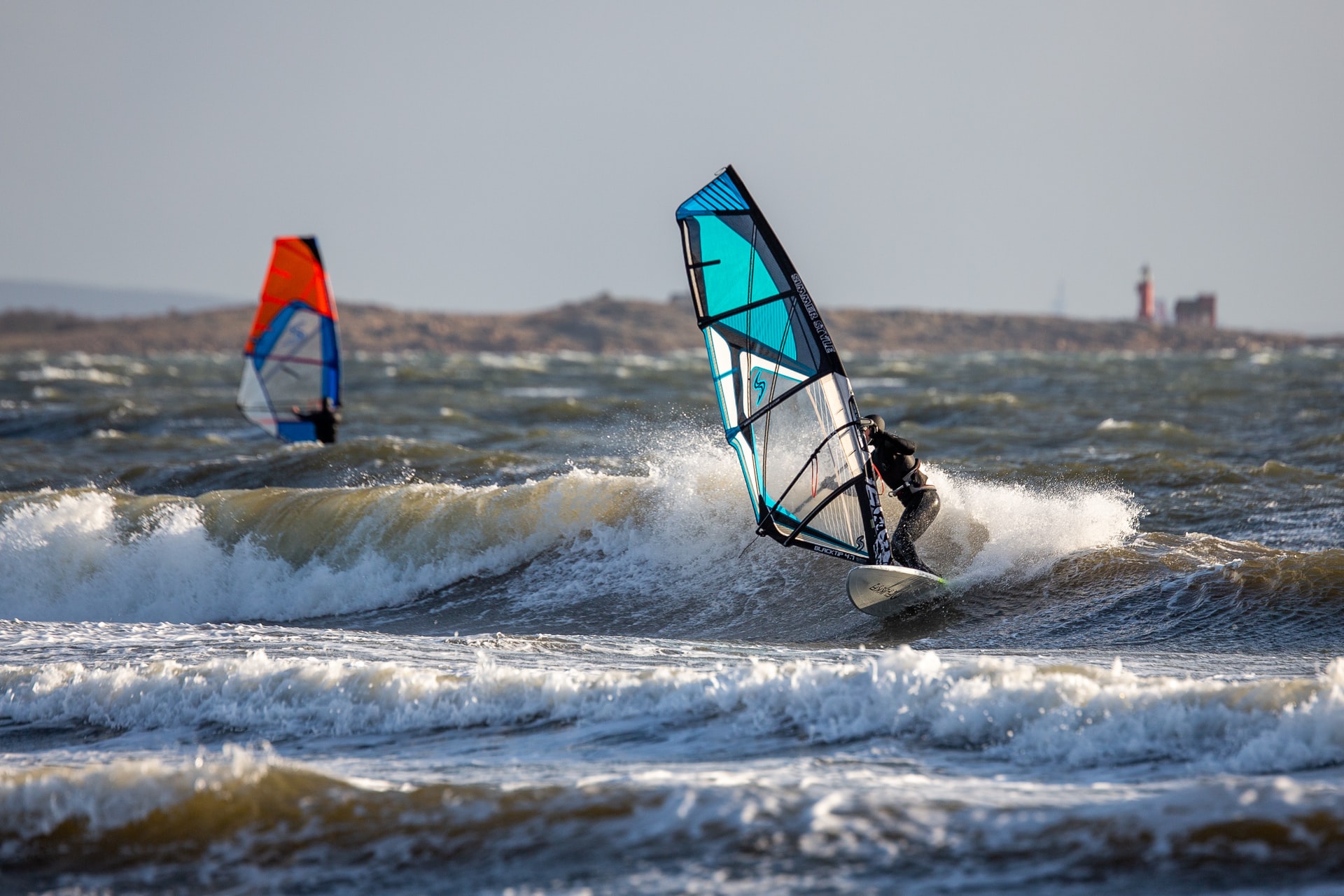
Surfing vs. Windsurfing: 8 Major Differences (& 4 Similarities)
-
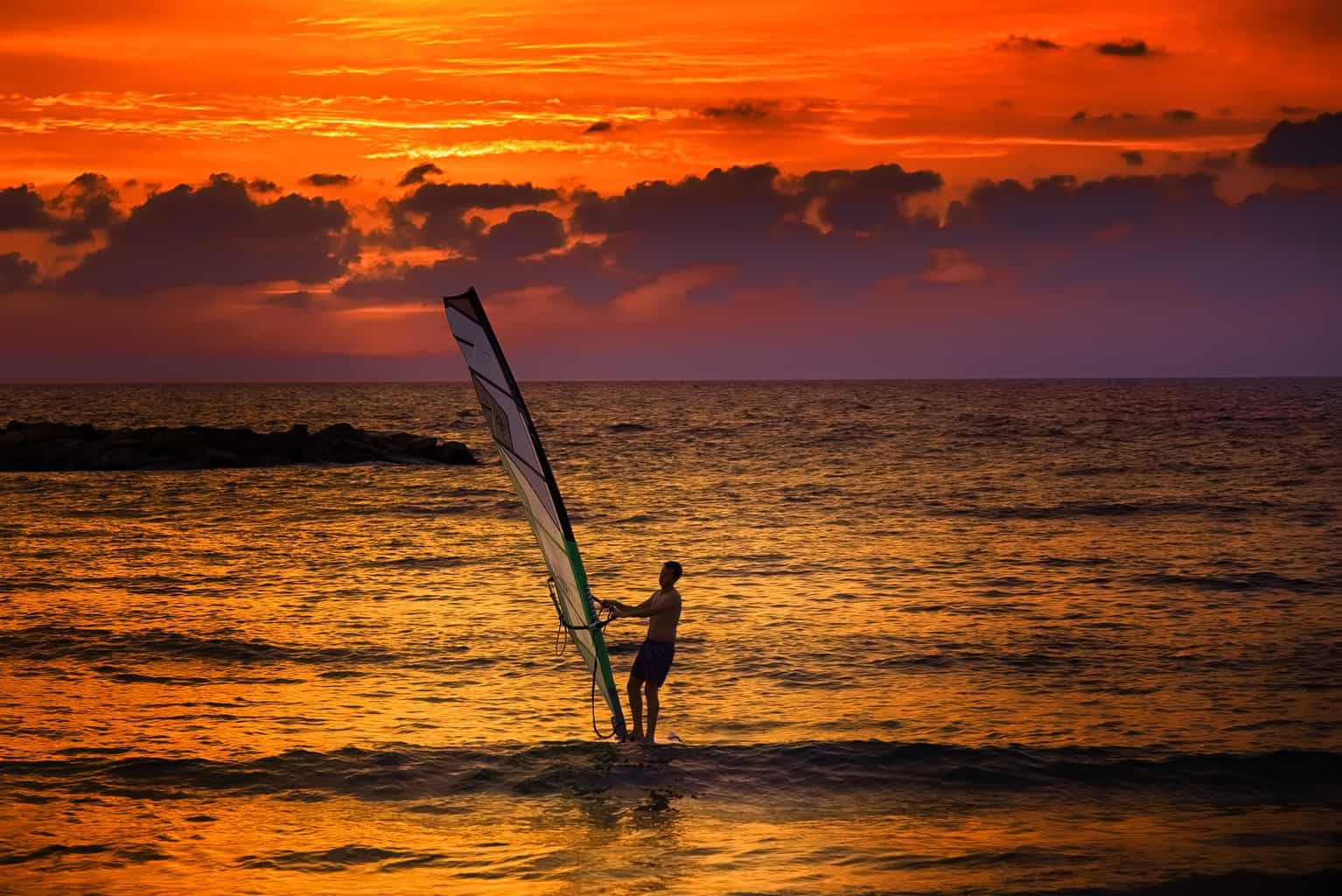
How Does Windsurfing Affect the Environment? (+8 Practical Tips)
-
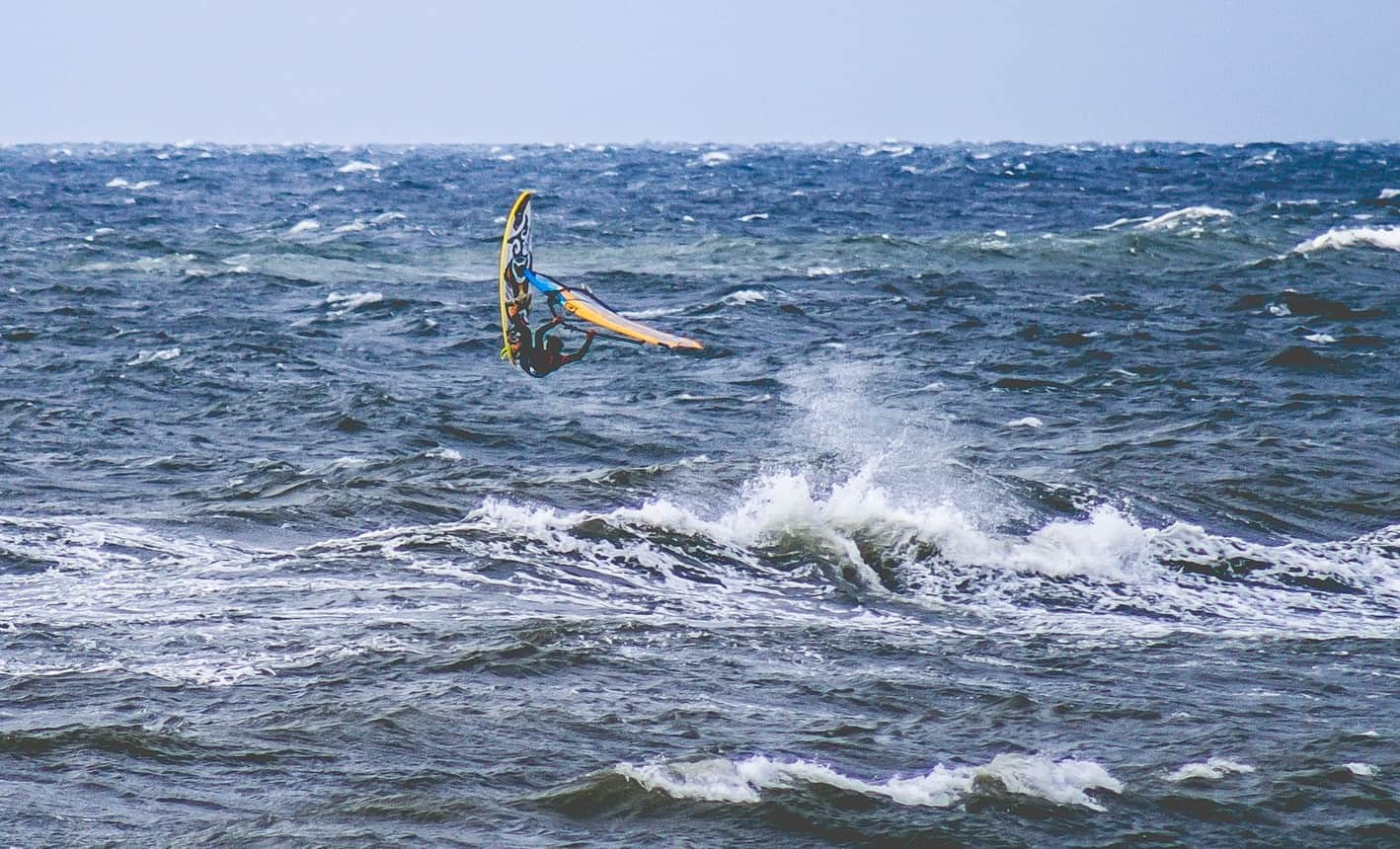
Is Windsurfing Dangerous? 14 Risks (& How to Avoid Them)
-
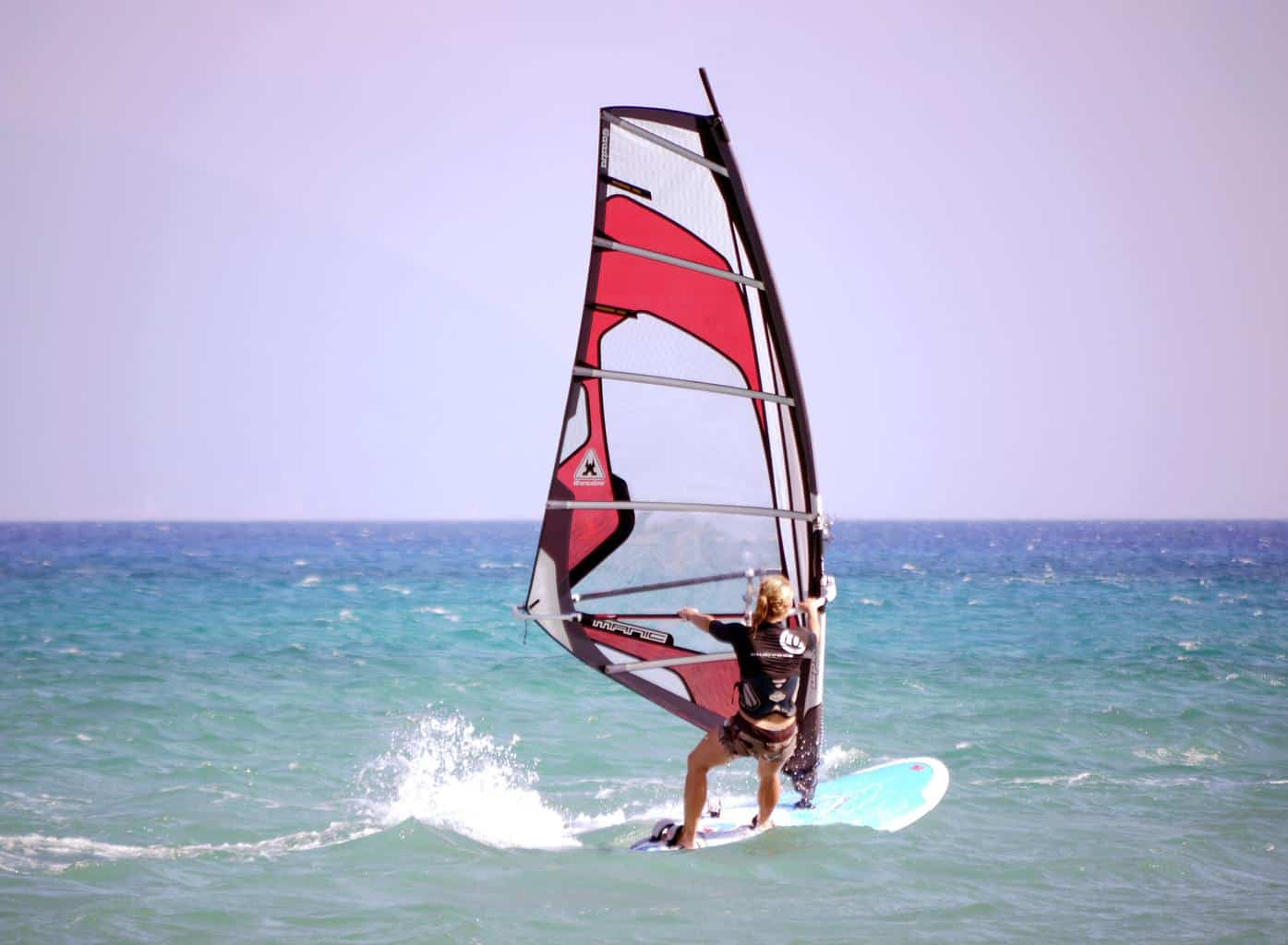
Windsurfing – 7 Common Beginner Questions (Answered)
-
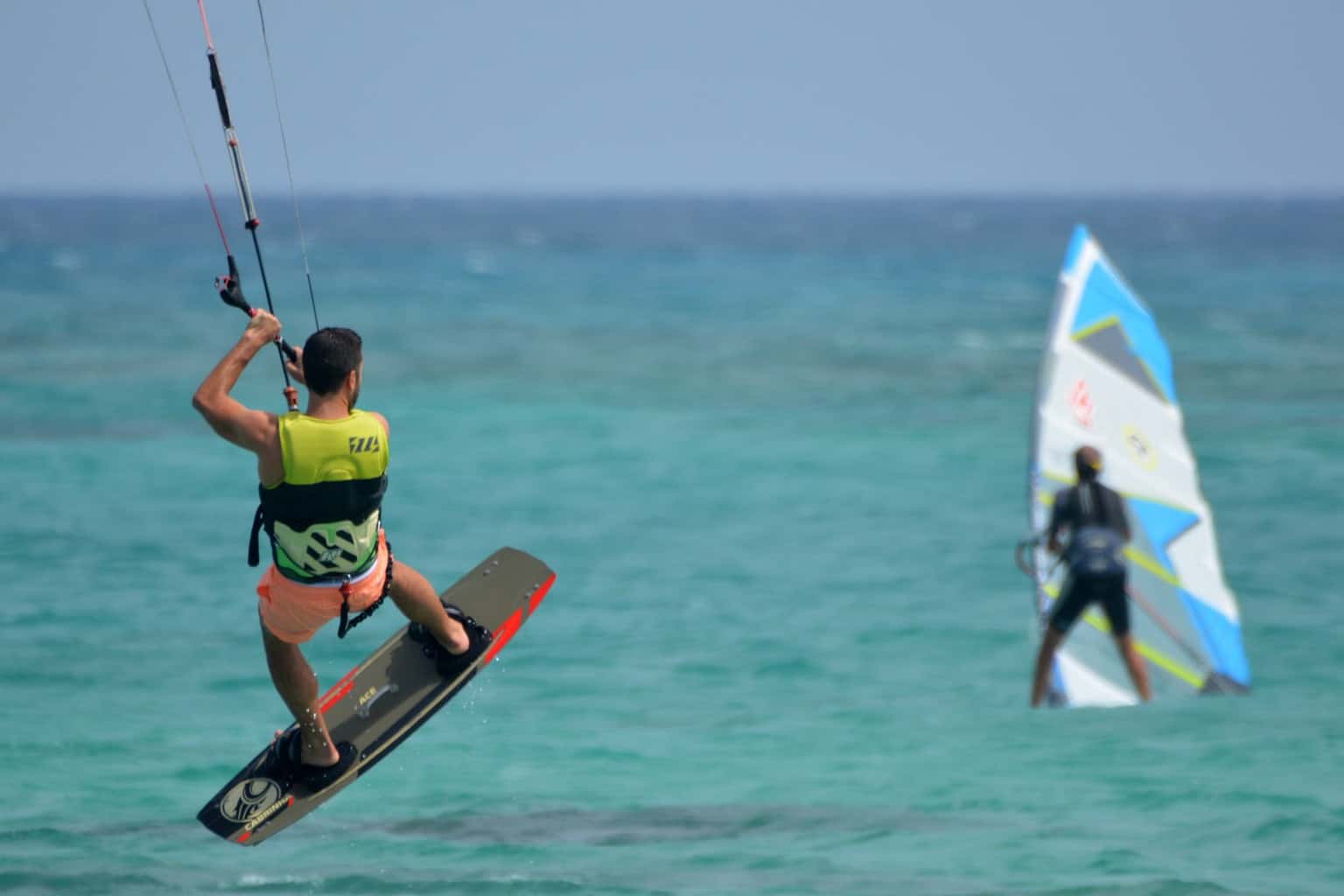
Is Windsurfing Faster Than Kitesurfing? (An Honest Look at the Facts)
-
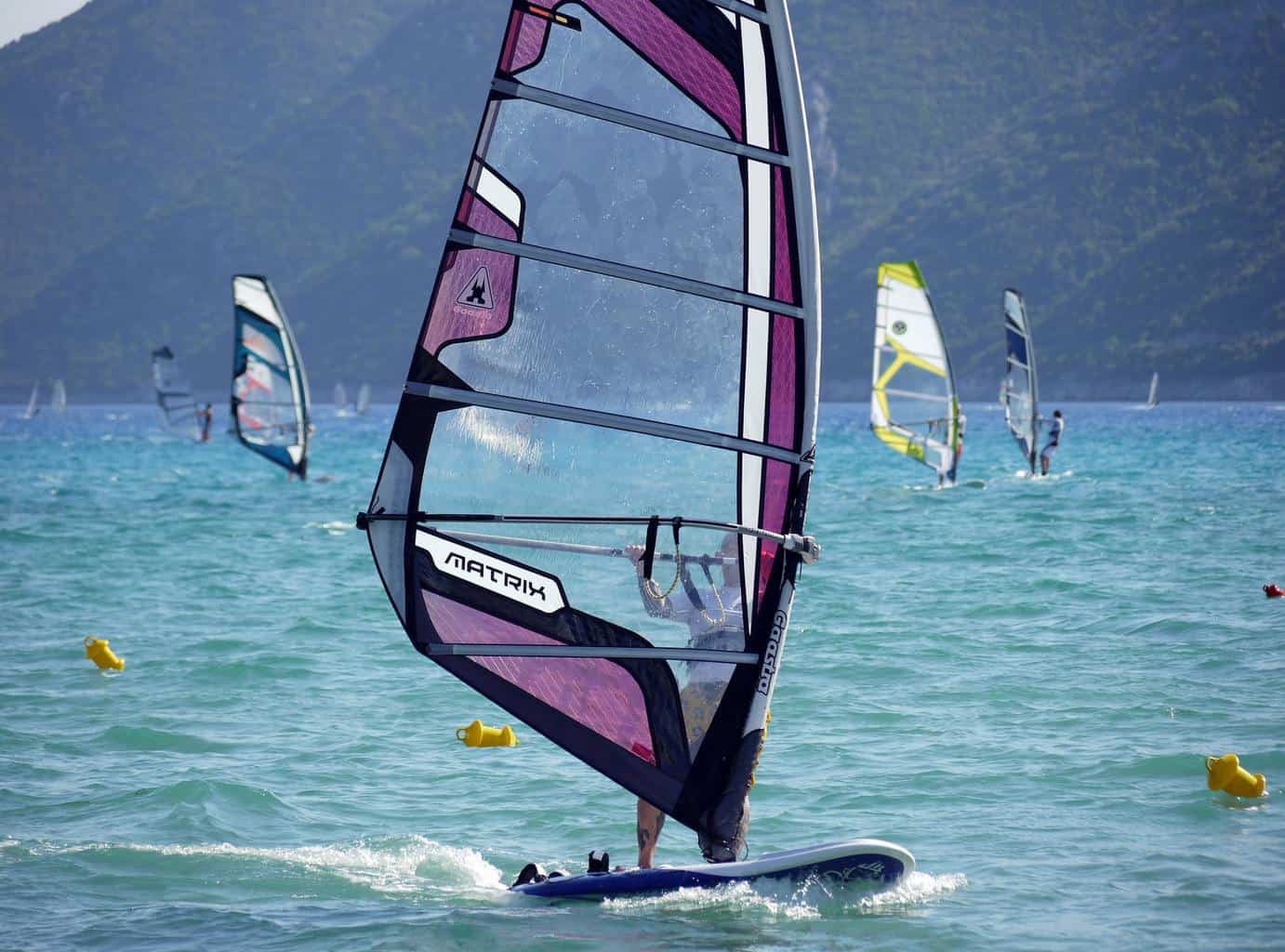
How to Choose the Right Windsurfing Sail Size (With Chart)
-

Windsurfing: How Much Downhaul Is Needed? (Essential Facts)
-

Is Windsurfing an Extreme Sport? (All You Need to Know)
-

Is Windsurfing Easier Than Kitesurfing? (An Honest Comparison)
-
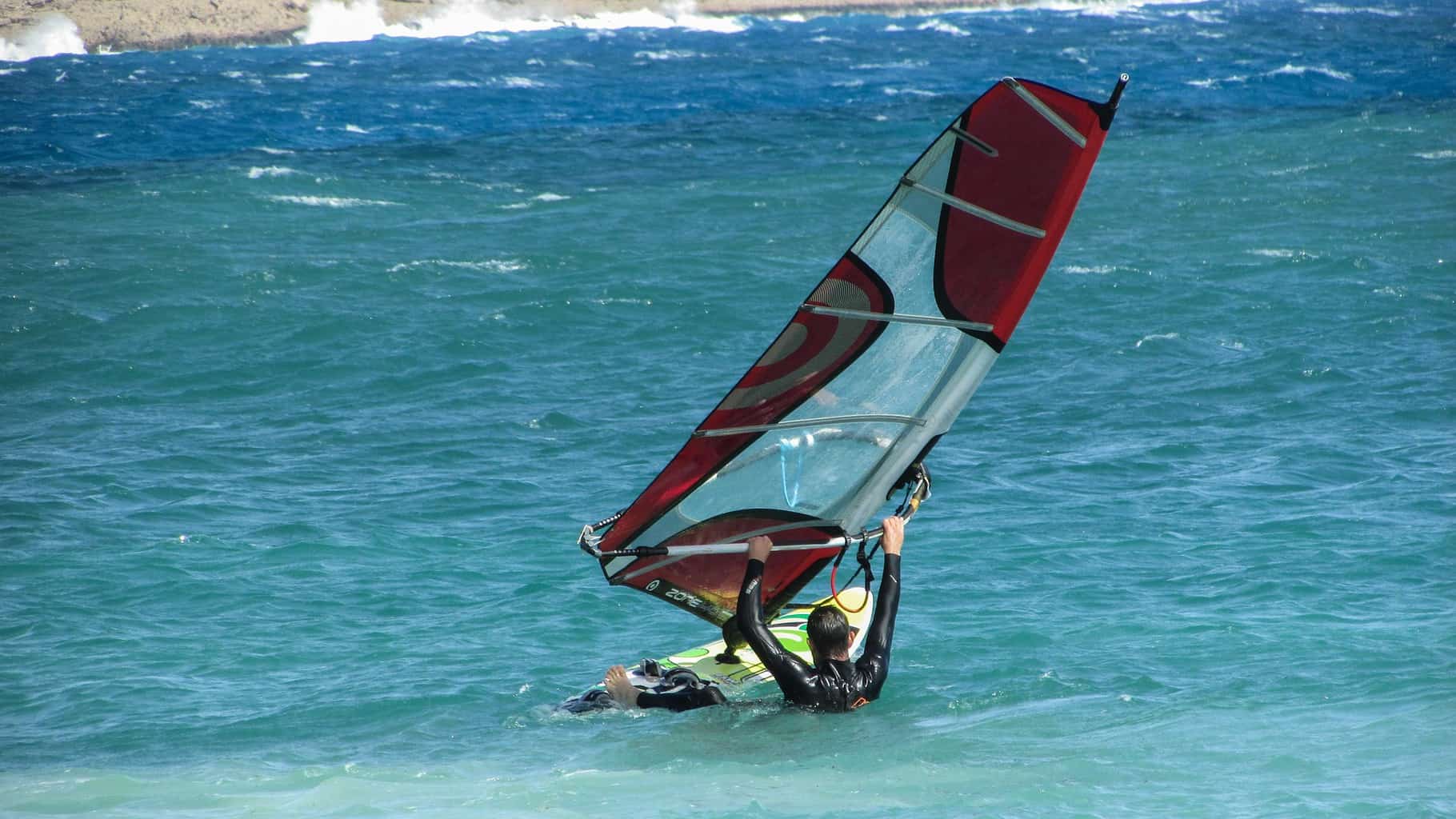
Is Windsurfing Harder Than Surfing? (Honest Comparison)
-
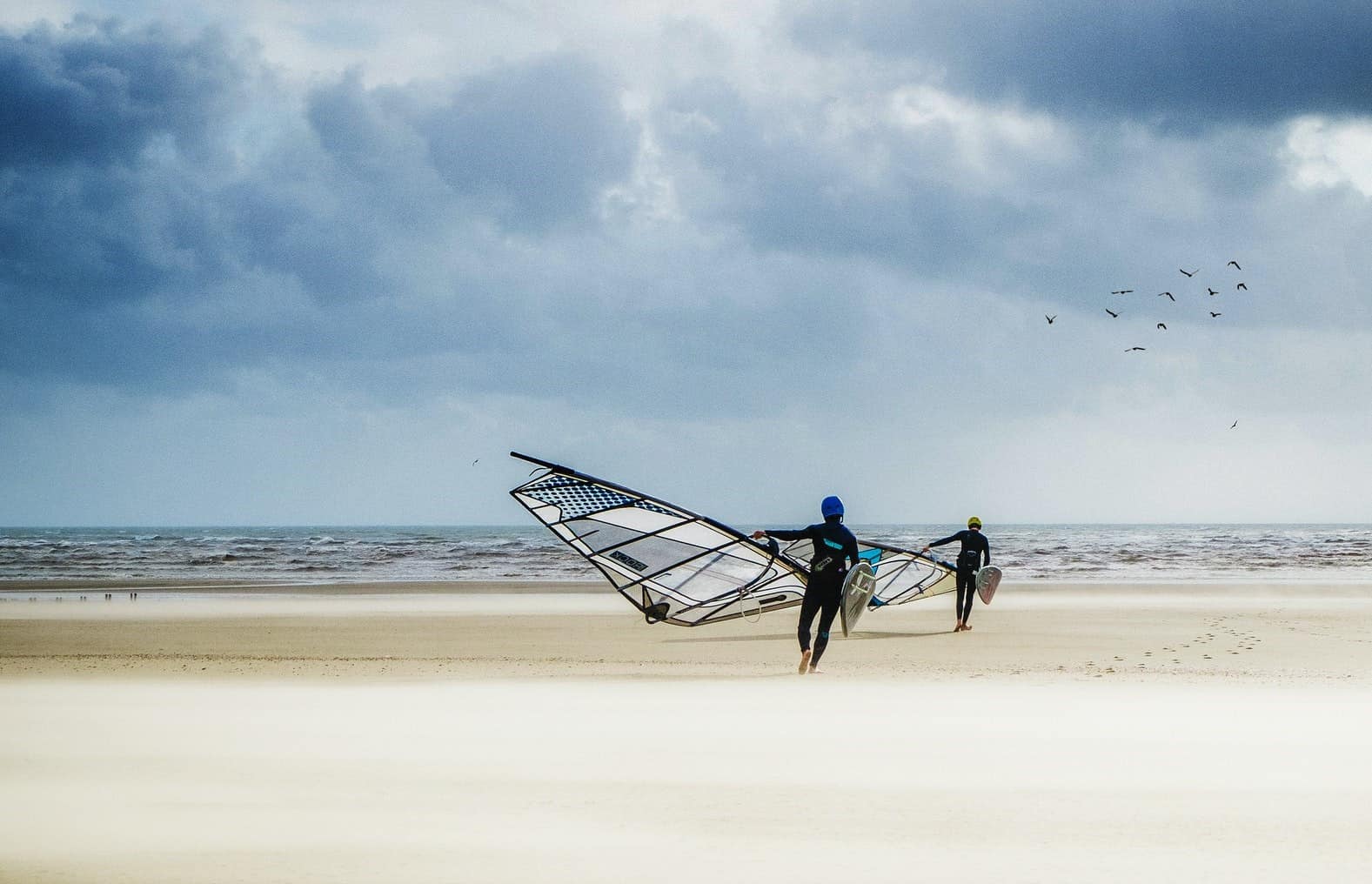
Is Windsurfing Still Popular? (An Insider’s Look at the Facts)











